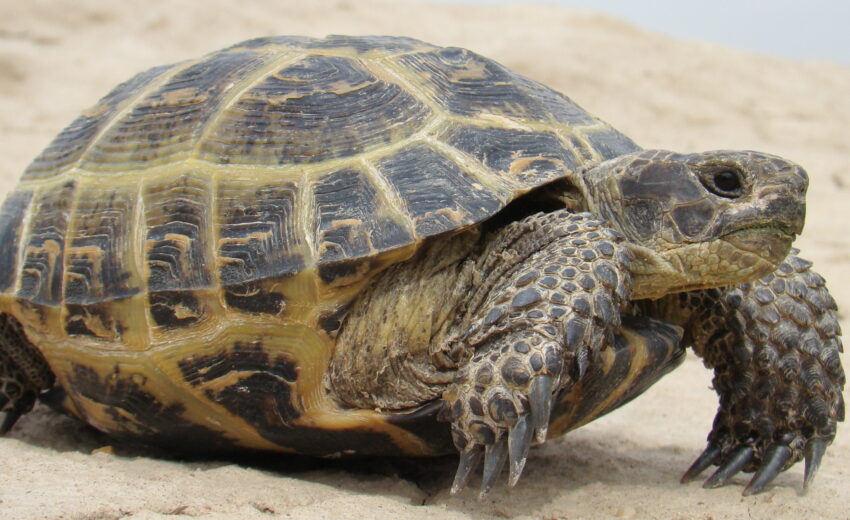The Russian tortoise, aka Afghan tortoise, Horsfield’s tortoise, steppe tortoise, or Central Asian tortoise, hails from the Caspian Sea on south through Pakistan, Afghanistan
- Zoology
- Daily Critter Facts
- For Teachers
- Study Guides
- Animal Diseases & Parasites
- Contact

